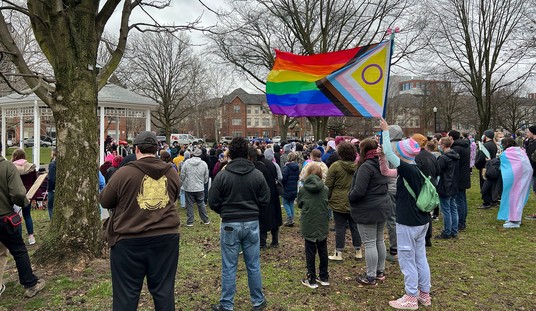On December 23 (and just in time for the holidays) the U.S. Food and Drug Administration (FDA) bizarrely gave a Christmas present to combustible cigarettes in the form of a modified risk tobacco product (MRTP) order for 22nd Century Group, Inc.’s VLN cigarettes. The MRTP order is an enhancement to the already-authorized premarket tobacco product application (PMTA), which the FDA ordered in December of 2019. It doesn’t make sense that a deadly combustible cigarette would be classified as “modified risk.”
In the news release, the agency responsible for protecting American public health claims that 22nd Century Group’s products “help reduce exposure to, and consumption of, nicotine for smokers who use them.”
The finding flies in the face of science (and commonsense) and follows the same logic that the World Health Organization (WHO) has given novel tobacco products in regards to their capacity to reduce the harms associated with combustible cigarettes.
With this latest order, the FDA has signaled that it will hold steadfastly to demonizing nicotine. Years of research has found that nicotine – while not benign – is not the direct cause for the harms related to cigarettes.
Back in 1976, famed tobacco researcher Michael Russell called the “logic of expecting people who cannot stop smoking to switch to cigarettes that have hardly any nicotine is questionable.” Russell also noted that people “smoke for nicotine but they die from the tar” and that the risks associated with smoking “might be more quickly and effectively reduced if attention were focused on how to reduce their tar intake, irrespective of nicotine intake.”
And, 45 years later, the leading health agency in the U.S. is following the opposite of Russell’s advice by allowing “the first combusted cigarettes to be authorized as MRTPs.” This also comes months after the agency denied millions of applications for less harmful and no-tar-containing vapor products. Those same products have been found to be 95 percent less harmful than combustible cigarettes by the UK’s public health agency because they do not combust nicotine – thus reducing tar. Since September of 2021, the FDA has only issued PMTA marketing orders for one cigarette company’s vapor products, and only in tobacco and menthol flavors.
Recommended
This mentality of demonizing nicotine, but not tar, is also embraced globally by the WHO. In the taxpayer-funded global health organization’s 2015 report on tobacco product regulation, the WHO introduced a policy to reduce nicotine content in combustible cigarettes. Interestingly enough, the WHO report took note of a different brand of 22nd Century reduced nicotine cigarettes – Spectrum – finding that its cigarette provided the lowest “technically feasible” nicotine content.
This acknowledgement by the WHO was celebrated by the company. A 2016 press release gloated that “22nd Century is the only company in the world that can make cigarettes containing naturally grown tobacco with nicotine at the non-addictive levels recommended by the WHO.”
A 2017 call with shareholders again referenced the WHO’s 2015 report and also applauded the then-decision by the FDA’s “plan to dramatically lower nicotine in cigarettes” and that 22nd Century Group was “in the enviable position of serving as the industry leader.”
Similar to the FDA, the WHO also demonizes nicotine and has staunchly opposes novel tobacco products, including e-cigarettes and heated tobacco. In 2019, then-Secretariat for the WHO’s Framework Convention on Tobacco Control, called such novel tobacco products a threat and that “[v]aping is a treacherous and flavored camouflage of a health disaster if no action is taken now.”
The WHO continues to wage an active war against nicotine. In the WHO’s latest Michael Bloomberg-funded 2021 MPOWER report, the authors do not mention any harmful effects of nicotine (besides addiction) for adults. The report instead focuses on the harm posed to adolescent brains. These findings are based off studies conducted in rats and don’t take into consideration the millions of adults around the world that have used nicotine for quite some time, more often than not, beginning when they themselves were youths.
It’s been almost half a century since the notion of tobacco harm reduction was birthed. In the time since, companies and consumers have sought out and created effective ways to reduce and/or quit combustible cigarette use. It’s a shame to public health that American and global health agencies refuse to acknowledge tobacco harm reduction and continue to push combustible cigarettes onto the masses.

























Join the conversation as a VIP Member